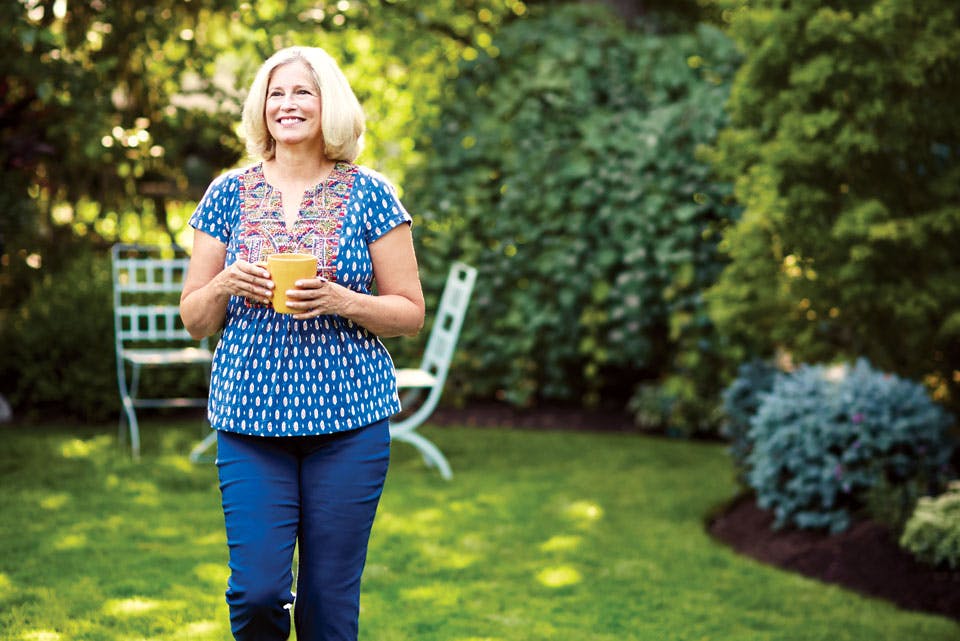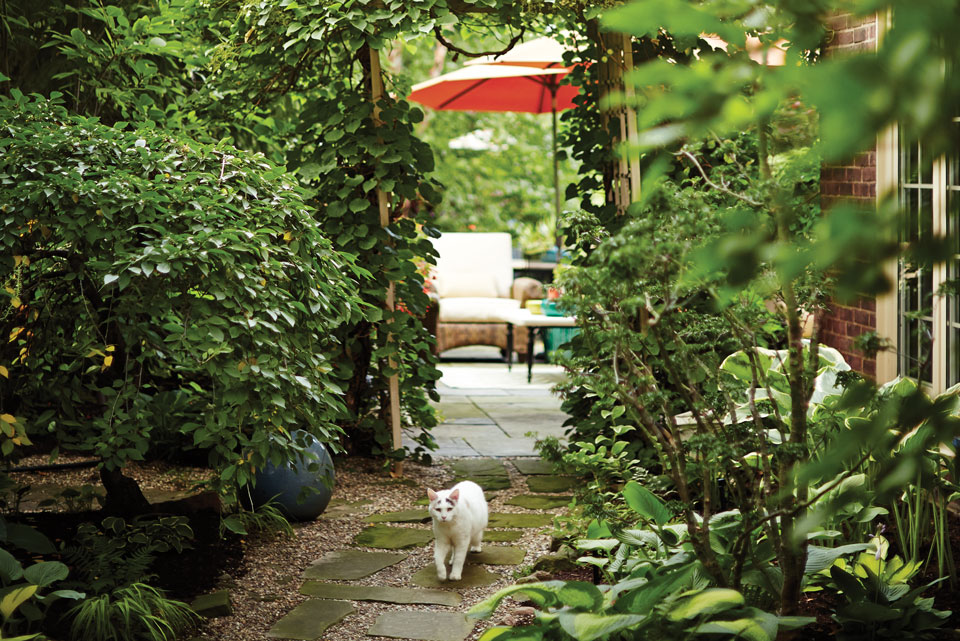Home + Garden
A Landscape Designer Shares Gardening Tips
Landscape designer Ann Cicarella embraces surprise, whimsy and beauty in the ever-evolving masterpiece that is her backyard.
Related Articles
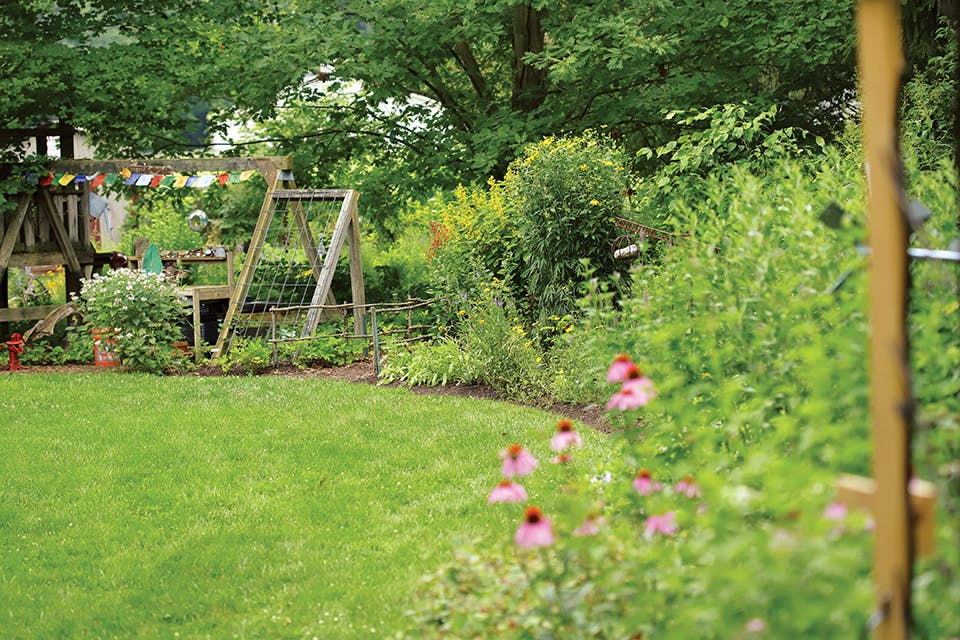
How to Plant a Native Ohio Garden
Terri and Randy Litchfield created a living landscape of native plants outside their Delaware home. Here’s how you can, too. READ MORE >>
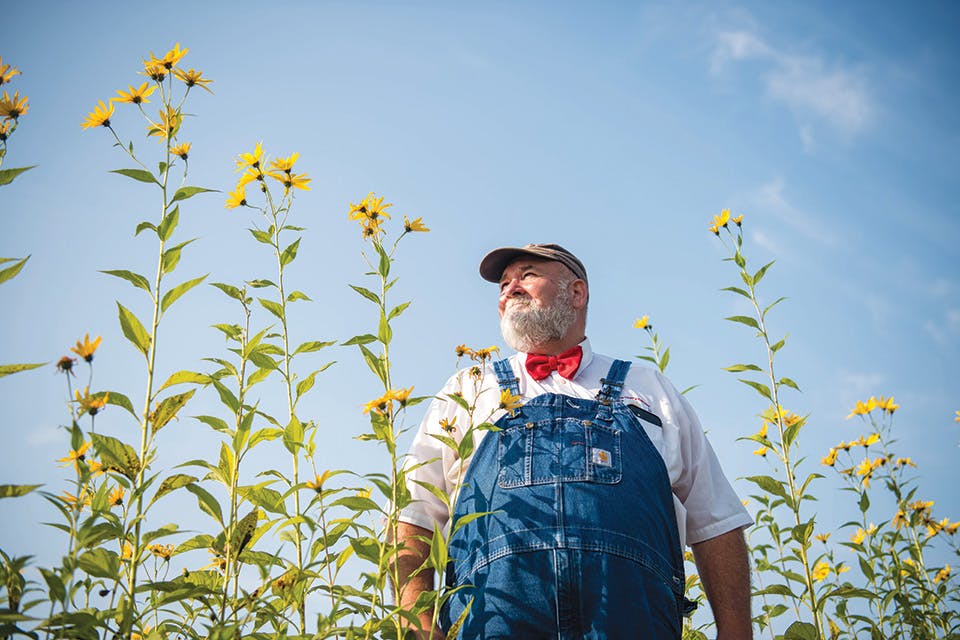
Farmer Lee Jones’ ‘The Chef’s Garden’ Celebrates the Beauty of Produce
Part art book, part recipe collection, this nearly 700-page tome from northwest Ohio’s famous farmer shows vegetables, herbs and more in all their glory. READ MORE >>
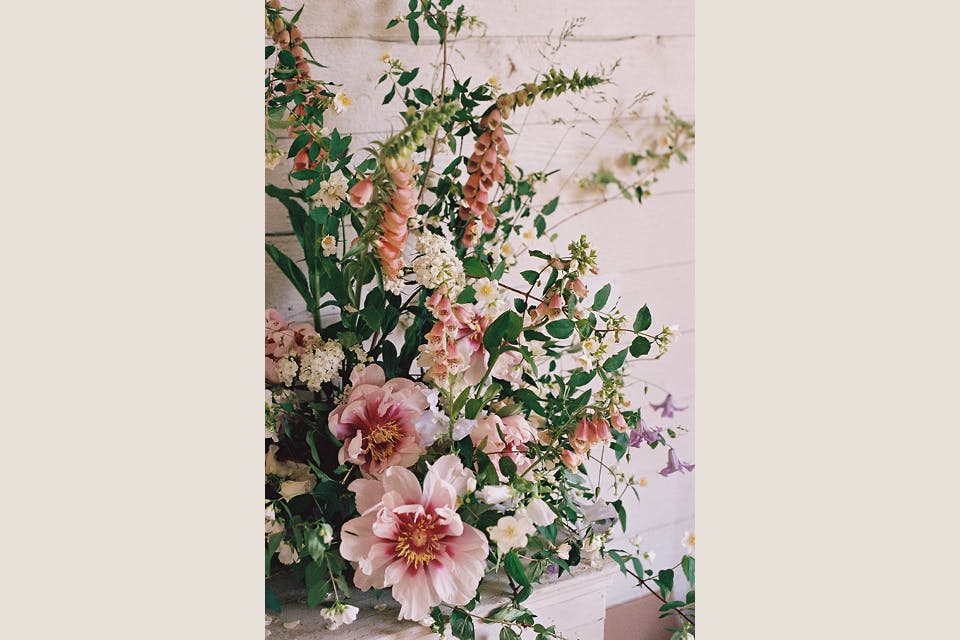
Old Slate Farm, Mount Vernon
Katie and Brad Carothers grow beautiful flowers that they turn into romantic floral designs for weddings and other events. READ MORE >>


